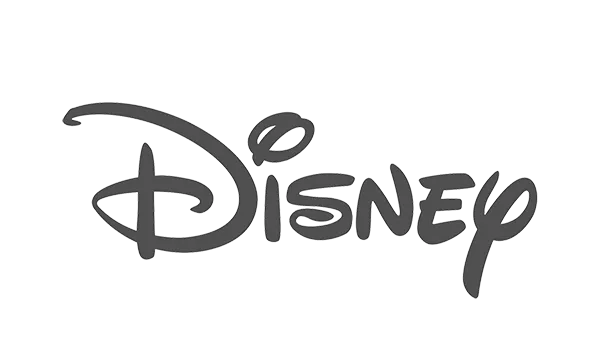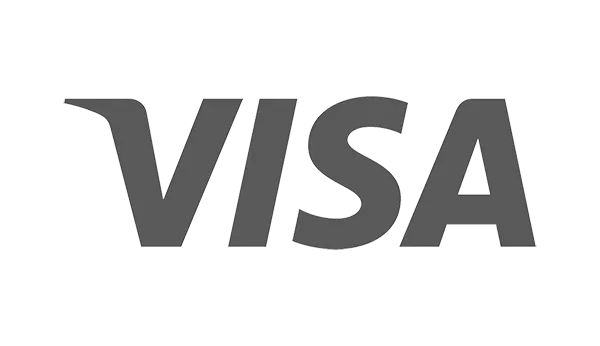Employee engagement is a hot topic in Human Resources. And for a good reason. According to Gallup, only 20% of employees are engaged at work. That means 80% of employees are either indifferent or actively disengaged from their jobs.
Whether your workforce consists of disengaged or highly engaged employees has an enormous impact on your business’s success. For starters, disengaged employees cost companies trillions every year in lost productivity, leading to diminished profitability, and high turnover rates. Improving employee engagement therefore not only makes work a better environment for all, but also boosts your employee retention and bottom line.
An overall employee engagement strategy consists of multiple efforts and touchpoints where engagement is fostered. Here are some effective and actionable employee engagement ideas that could help you foster an engaged workforce:

Make Employee Engagement Part of Your Company Culture
1. Be Transparent About What You're Doing and Why It Matters
Slack found that 87% of workers surveyed hoped their next job would be transparent. Another study from employee feedback company, TINYpulse, found that transparency was among the top factors contributing to overall happiness in the workplace.
One of the most profound employee engagement activities you can undertake is simply communicating organizational priorities to your team. To achieve transparency, explain why specific projects are essential and the factors that determine company decisions. You can opt for a high-level overview of what they mean for the company overall. However, in-depth data on costs and benefits should be available for employees to view if they want to.
Relay the company values on a regular basis, and be specific about how different departments and each person’s work slot into these values. Employees will be more invested in their work when they know how their efforts contribute to the bigger picture, and when they see the real results. Knowing that what you do matters is a significant contribution to employee satisfaction.
2. Offer Competitive Pay
Employees are willing to invest their time and energy where they see the value of doing so. No employer can expect an engaged workforce without offering fair remuneration.
When Amazon increased its minimum hourly wage to $15, Harvard Business Review reported that higher pay increases productivity and is an important motivating force for employees. Your employees need to be compensated fairly for their hard work, which includes incentives and bonuses for meeting certain goals, without traditional pay gaps.
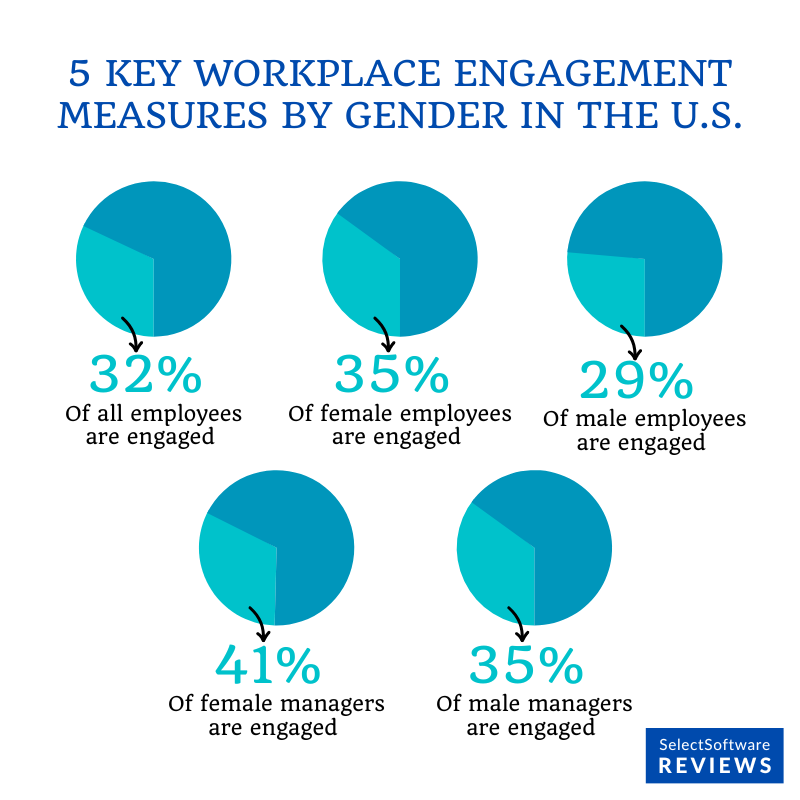
3. Create a Mission Statement
A mission statement for your company explains the company’s primary function, and how everyone's roles in the company fit into its overall purpose. It is essentially the core of why the company and the service or product it offers matter.
Writing and implementing a mission statement will help employees understand their unique value in the company, the organizational goals, and how they can contribute to meeting these goals. It is also an important yardstick for engagement. When an employee is feeling disconnected to their work, they can consult the mission statement to determine whether their feelings are validated. Perhaps they are experiencing disengagement because the project they are working on does not serve the mission.
4. Implement a Rewards and Recognition Program
Rewarding your employees for their hard work is an excellent way to show them that you value their contributions. In fact, according to statistics, 65% of people say they'd work harder if they were recognized more often by their employers.
Recognition has proven to be a key component of employee engagement, and an effective means to build working relationships. This is especially critical for engaging remote employees who do not benefit from the natural camaraderie of an in-office working environment.
Create a culture of recognition by implementing a platform where employees can nominate each other for best practices and ideas or simply give each other creative employee award titles. There are many software tools for employee recognition that make it easier to keep track of shout-outs, awards, and prompts. Barring access to these tools, recognizing your best employees in a meeting, internal communication or the company’s social media is already valuable.
5. Match Employees with Their Passions
Workers will automatically be more engaged if they’re doing work they enjoy. As far as possible, assign tasks that align with the person’s interests and preferences.
You can make this easier to do by periodically asking team members what parts of their jobs are most enjoyable to them, and what they find most rewarding. Be cognizant of their career goals in assigning work as well. You can help them become better at the things that are most important to achieving them.

6. Offer Flexible Working Hours
It's not just about offering flexibility to parents or carers, but also for anyone who operates best when they can set their own hours. This could be older workers or those with disabilities who need to take days off without it affecting their performance appraisals or pay progression.
Forster Communications, a London-based PR agency, is an excellent example of a small business that provides flexibility at work.
The company has few employees but provides a high standard of work-life balance with flexible working hours and five weeks of paid vacation per year. Forster Communications also included perks to encourage employees to prioritize their mental health, thereby increasing team productivity and morale.
7. Celebrate Company Wins
No matter what kind of workplace you're in, it's always nice to have something to celebrate with a small office party or a big company event.
Acknowledging when a significant effort yields positive results is a great way to foster employee engagement. For example, make a big deal if your company hit a big sales target or landed an important new client. When employees see their achievements getting celebrated, it motivates them to maintain a high standard of work.
If their efforts go unacknowledged, it’s only natural for a worker to be less bothered when the next challenge crosses their path.

8. Acknowledge Important Milestones
Keep track of important milestones in your employees’ lives, such as their birthdays, religious holidays, personal achievements, and work anniversaries. If you have a large team, you’ll definitely need your employee database software to remind you of these events.
Recognizing these events fosters a sense of belonging amongst employees, which is great for supporting their engagement with their job.
The anniversary of their employment is especially important. This is when employees are most likely to re-evaluate their career choices and search for other work opportunities. A gift, a day off, or a certificate to mark the occasion can go a long way toward reaffirming their place in your company.
9. Use an Informal Communication Platform
Statistics show that teams who communicate well are 25% more productive than teams with poor communication.
Employees are engaged with their work if they feel connected with the organization. An internal chat system where employees can collaborate on projects or just connect with their coworkers is essential in keeping open lines of communication, especially for remote teams.
At SSR, we use a Slack channel for internal communication where we share information about our life events, our work, and any random topic worth sharing (even if it’s just for a laugh). This helps the team connect and makes work more fun.
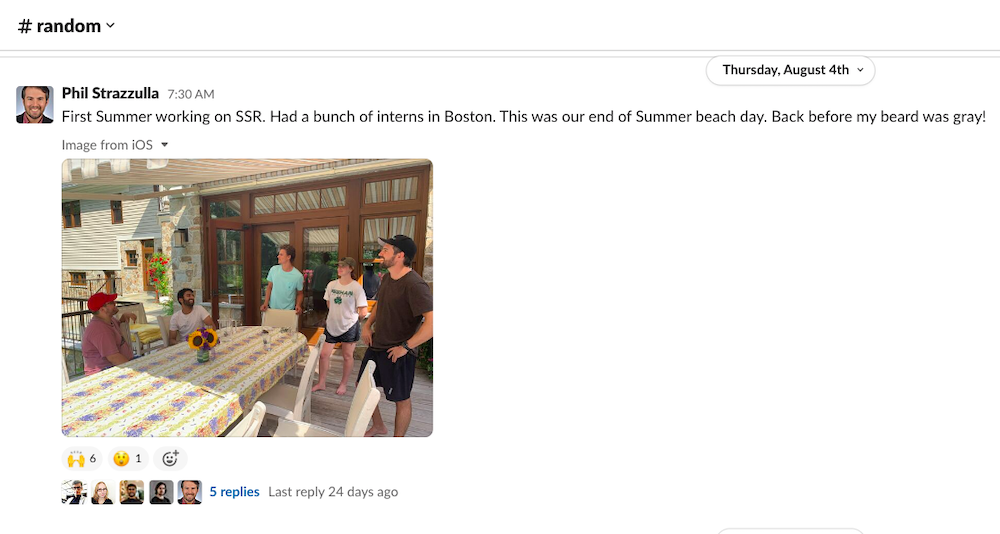
Huda Idris, Senior Staff Writer at Select Software Review, expresses how the channel has been helpful for her and the team,
"Slack is an integral part of our tech stack at SSR. Not all communication is formal and requires a stuffy email with “Dear this and that.” Sometimes you just want to ask someone a quick question or give them a short update without overthinking your tone and format, and Slack is perfect for this!
It’s also been great for collaboration across departments, and that’s very important, especially as the company continues to grow."
10. Offer a Wellness Program
Employee engagement positively relates to employee wellness. For example, a Quantum Workplace study found that poor wellness leads to very low engagement and that low engagement can lead to further declines in employee wellness.
At the same time, a whopping 77% of organizations say their wellness programs have effectively improved employees' health, thereby reducing healthcare costs.
That's why investing in a corporate wellness program makes good sense. Some companies offer yoga classes or gym memberships as part of their benefits packages. Others offer incentives like gift cards for healthy meals or weight loss programs.
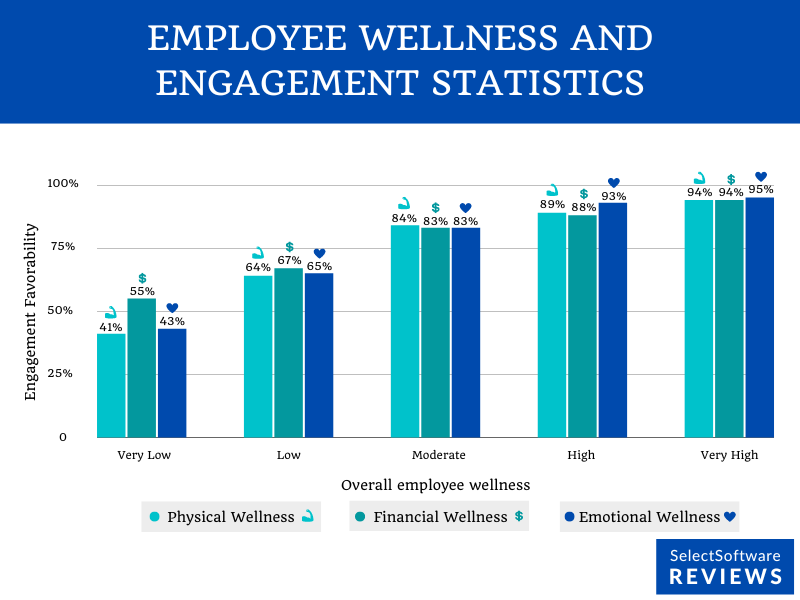
11. Include Healthcare Benefits in Remuneration
According to Quantum Workplace, 90% of employees who reported very low physical wellness also reported poor emotional health. The study also found that physical, financial, and emotional wellness directly correlate with employee engagement.
Offer health insurance that meets the needs of your employees, such as dental and vision coverage. Employee benefits to promote health can also include life insurance, long-term disability insurance, and other types of insurance that may be necessary to your industry.
12. Create an Inclusive Culture
When companies make a concerted effort to create a more inclusive work environment, 83% of Millennials are found to be actively engaged in their work.
This makes it essential to create an inclusive culture where everyone's ideas are heard and valued regardless of their demographic or position within the organizational structure.
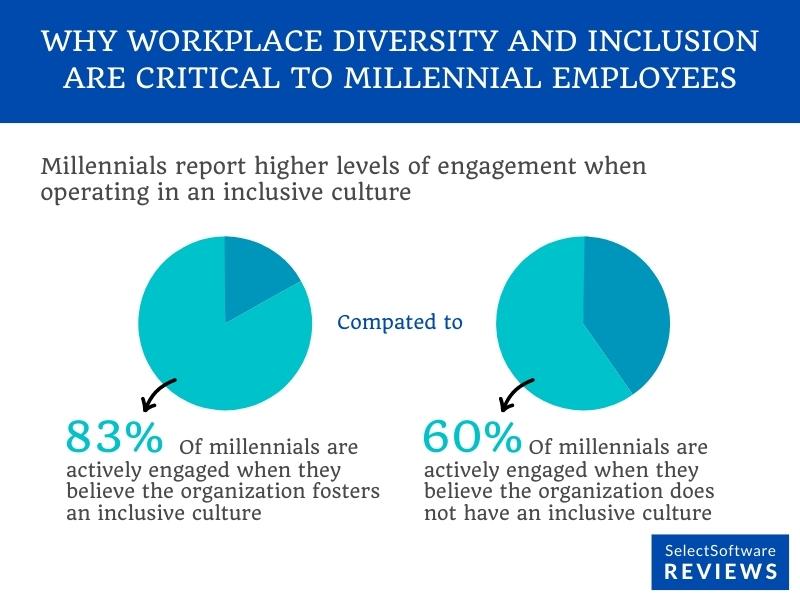
13. Reflect and Set Goals Together
At the end of each quarter and year, gather your team to reflect on your successes and challenges. Use this opportunity to set goals together. Involving your employees in setting goals means they’ll feel more invested, accountable, and motivated about reaching them. These are all essential aspects of driving worker engagement.
14. Talk About Your Culture and Values
Periodically host a meeting where employees can weigh in on your company’s culture and values, and whether what you stand for translates into everyday functions.
These are also opportunities to share the overarching goals of your company. You can do it through town hall meetings, leadership roundtables, or special presentations from leadership teams about what makes your company unique and worth working for.
Tools to Monitor and Improve Employee Engagement On an Ongoing Basis
15. A Monthly Leaderboard System
A leaderboard system ranks employees based on their performance in a given category (such as sales) and then rewards them accordingly. An incentive program gives employees goals to strive for and recognition when they succeed.
MediaBerry, a link-building agency, measures employee performances on various parameters that consider their productivity and quality, with cash bonuses awarded to the top three writers of the month.
“MediaBerry's writers have been producing new and engaging content for over three years. We realized the importance of keeping our writers engaged and motivated, especially as we're a 100% remote team, and implemented a leaderboard program,” says Beatrice Manuel, Head of Operations at Mediaberry.
Beatrice adds, “The program gives writers an extra source of motivation to grow and go above the rest of the pack. On top of that, our writer morale has increased since the program began. It gives them a sense of purpose when they know that their output is being evaluated, and also provides an opportunity for feedback and constructive critiques.”
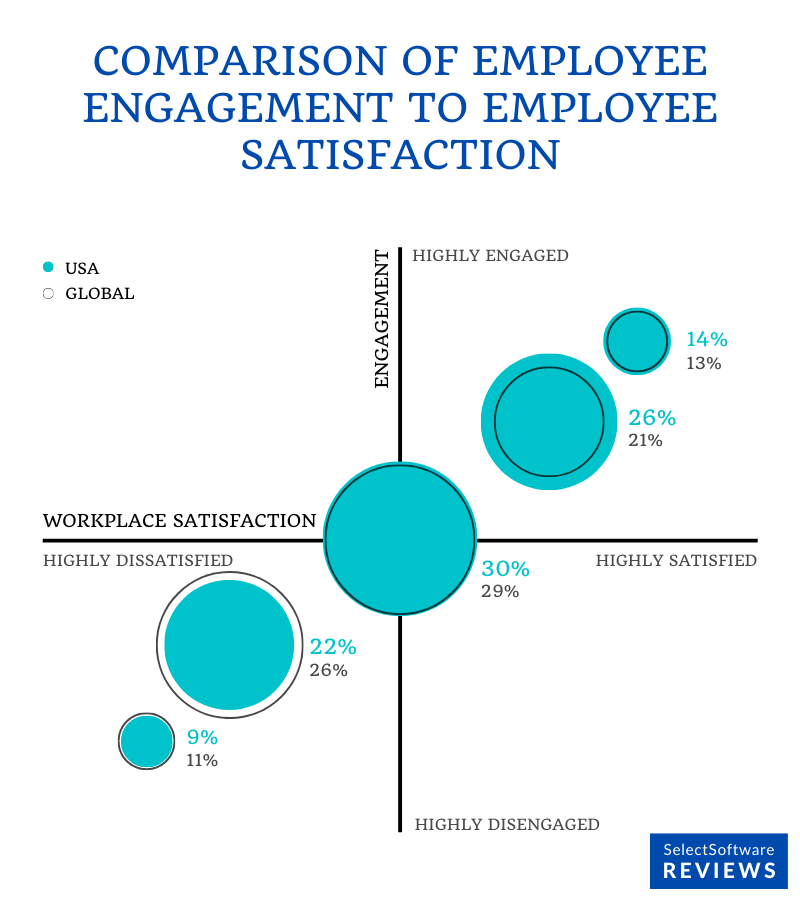
16. Let Employees Design Their Own Custom Office Spaces
Research has proven that employees who are satisfied with their work and working environment are also more likely to be highly engaged at work. The Steelcase Global Report uncovered that this is also true of employees who have control over their physical workspaces.
Since office space and their immediate surroundings is a massive part of your workforce’s employee experience, involve them in creating it.
17. Run Employee Engagement Surveys
These surveys measure how employees feel about their current position and what they think about their company as a whole. The results of these surveys, as well as the employee engagement metrics they track, will tell you what areas need improvement and help you develop strategies for engaging your team.
In addition to employee engagement, seeking feedback from employees is the foundation of a successful workspace. 89% of HR leaders confirm that employee feedback is key for a successful bottom line in workplaces.
18. Habitually Write Thank You Notes
Employee recognition programs are effective strategies for increasing employee engagement, productivity, and performance. A study by Deloitte found that employee recognition programs contribute to a 14% increase in these areas.
And employee recognition doesn't have to be expensive or time-consuming either. A simple thank-you note can do wonders for your employees' morale and engagement levels. All it takes is a few minutes of your time and a small card or gift card from your favorite store.

19. Get Outdoors
Take a team hike on lunch breaks or go for a walk around the block to do stand-ups instead of the boardroom. You'll get some fresh air and exercise, which will make you feel better and help you think more clearly. It's also great for team members to bond and connect over something other than work.
20. Introduce a Professional Development Training Program
When your company has a strong learning culture, you can expect employee engagement and retention rates to be about 30-50% higher than if it didn’t.
Training employees helps them become more efficient, effective, and productive. Professional development training can also lead to career growth and higher job satisfaction, which leads to better employee engagement.
Offer in-house training or tuition reimbursement for continuing education programs relevant to their job description and industry trends.
Here’s how Lindsey Hight, HR Professional at Sporting Smiles, implemented the professional training program in her workplace,
“In my workplace, we created a Professional Development Training (PDT) Program where we invite employees to teach classes to other employees in a subject that they are proficient in or to help us learn about procedures in their departments. We receive kudos on the PDT program, and it gets the employees together in a fun, learning environment!”
21. Bring Your Pet Day
Hold weekly, monthly, or quarterly “bring your pet day” at work, or allow employees to have their furry loved ones around every day.
Bringing pets to work can help improve employee engagement by creating a more positive environment and helping people feel more connected with their coworkers and the company they work for. For example, 8 out of 10 respondents in a survey expressed that working with a pet was positive.
22. Create a Team Calendar
An online team calendar keeps everyone informed about upcoming events, goals, deadlines, and meetings. It's also an excellent way for people who do remote work to stay connected with their colleagues.
When employees are aware of what’s happening outside their tasks and department, they better understand how their efforts matter to the bigger picture.
23. Create a Company Newsletter
An internal newsletter is an ideal way to regularly update the team on new projects, achievements, and upcoming events. This will keep everyone informed about what's going on in the company, and how their contributions are making a difference.
You can also use the newsletter as a channel for shout-outs and introducing new hires.

24. Start A Buddy Program for New Hires
It’s important for new hires to feel at home and engaged with their work from the start. Set up a buddy program to help new employees learn their way around the office environment more quickly and easily by pairing them up with someone who's been there longer than they have.
A survey by Harvard Business Review found that after the first 90 days on the job, new hires with buddies were 36% more satisfied with their onboarding process than those without buddies.
This allows both parties to learn about each other and their experiences at work and helps employees get acclimated to their new environment more quickly.
25. Provide Comfortable Access to Air Conditioning
Studies show that a pleasant physical work environment is one of the key drivers or components to boost employee engagement. Make sure everyone is comfortable by providing access to air conditioning in the office. This is particularly important if temperatures get above 90 degrees Fahrenheit for an extended period.
Events to Boost Employee Engagement
26. Host an "Ask Me Anything" Session
This can be done in person or online. Ask employees to submit questions ahead of time, so you can prepare answers and answer them during a meeting or video conference.
Because some questions are hard to ask, setting an anonymous survey of concerns amongst your team allows them to be more forthcoming. A lot of employee engagement software solutions let you get this valuable feedback in an incognito way, so employees feel free to honestly ask anything.
Pro Tip: If you don’t have dedicated employee engagement tools, you can create a free online survey on SurveyMonkey.
27. Host a Volunteer Day
Organize a volunteer day where employees can work on community projects, such as cleaning up parks and beaches, painting over graffiti, or working on Habitat for Humanity houses that need repair. This doubles up as a team-building opportunity, and a means to give back to your local community.
Studies also show that volunteer programs are good for the bottom line, leading to increased productivity and engagement and improved hiring and retention.
For example, according to Harvard Business Review, employees who volunteer tend to be more productive. It also suggests that these volunteers tend to be more civic-minded in the workplace in terms of helping others, voicing ideas, and more.
28. Have In-Person Retreats
A team retreat is an opportunity for your team members to get away from the daily grind and focus on something meaningful as a group.
Business trips are also viewed as a welcome change of scenery by many younger workers. Among the younger generation (16-24-year-olds), 54% view business trips as a perk, while overall, 34% of employees say they have the best business ideas when traveling.
Tyler Hakes of Optimist, a content marketing firm, reveals that in-person retreats are their most popular team engagement exercise.
Hakes suggests, “Flying in the team to a location for a week spent working together, planning, and just hanging out. One key lesson: It has to be paid time or during the regular workday. We’ve tried many times to do “social activities” outside work, but most people don’t participate.”

29. Supercharge Your Employee Appreciation Day
A fun way to show appreciation for your employee's hard work is through an employee appreciation day. You can celebrate it yearly or quarterly, depending on your budget and what fits best into your organization's culture.
30. Communal Employee Lunches
Communal lunches are a great way to create an informal environment where employees can mingle and collaborate while they eat. They’re also a great way to break up the monotony of lunchtime by offering something new each work week.
You can organize communal lunches at the office if you have a small team. If you’re part of a larger team, consider lunching at a nearby restaurant.
Evan McCarthy, Founder of Sporting Smiles, reveals how they carry out their employee lunches,
“During these relaxed lunch breaks, we don't land up talking about work-related issues. Instead, it becomes a free for all personal anecdotes, TV series arguments, making fun of Twitter, and a nugget here and there of some potentially good ideas to explore.”
Evan suggests, “A simple gathering like this elevates the mood and engagement of human beings having to spend most of their day working with each other and ultimately strengthens everyone's bonds and sense of trust in one another.”
31. Celebrate Your Team
The 3rd of March is Employee Appreciation Day. It's a great opportunity to recognize your employees for a job well done throughout the year.
Time to Get These Employee Engagement Ideas in Action!
There are many ways to increase employee engagement, but most importantly you need to know what your employees want and how to give it to them. With 73% of employees saying they’d consider leaving their jobs for the right offer, you need everything in your arsenal to engage and retain your top talent.
This list was designed to help you get started on making your employees happier and more engaged in their work. If they are happy, comfortable, and engaged, they will perform better, and ultimately increase profitability.









